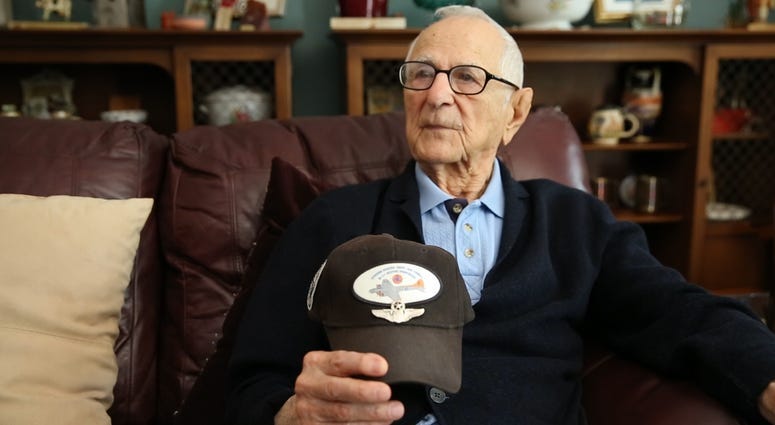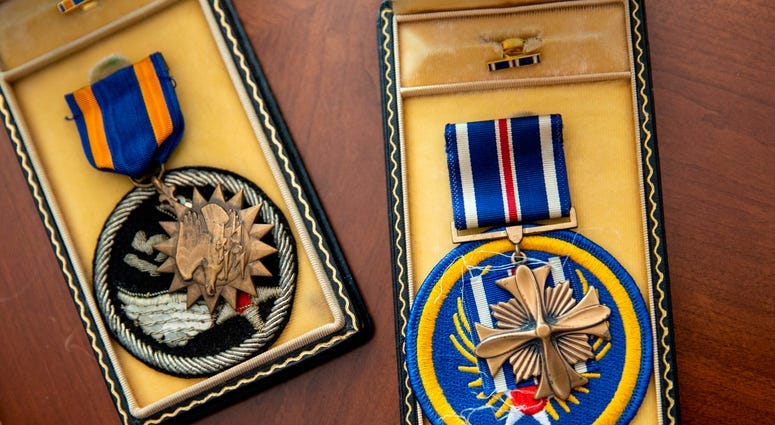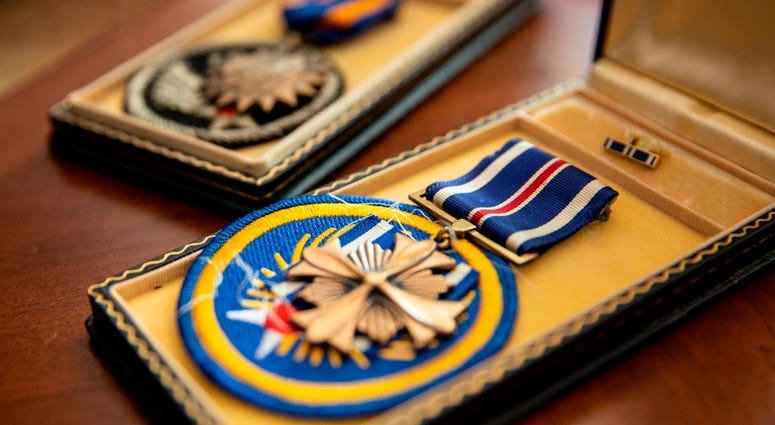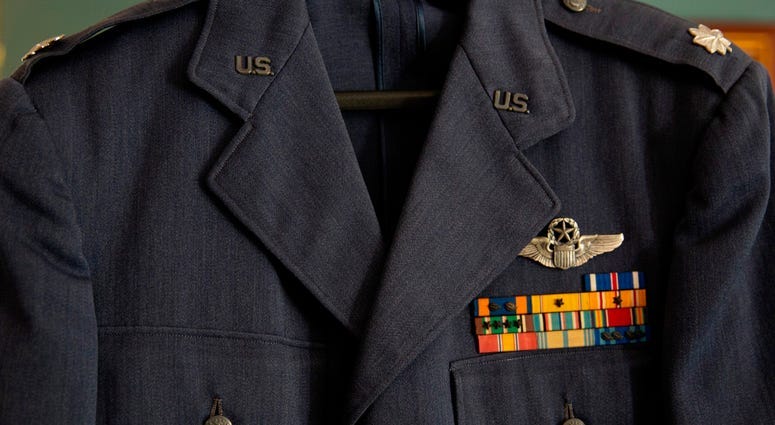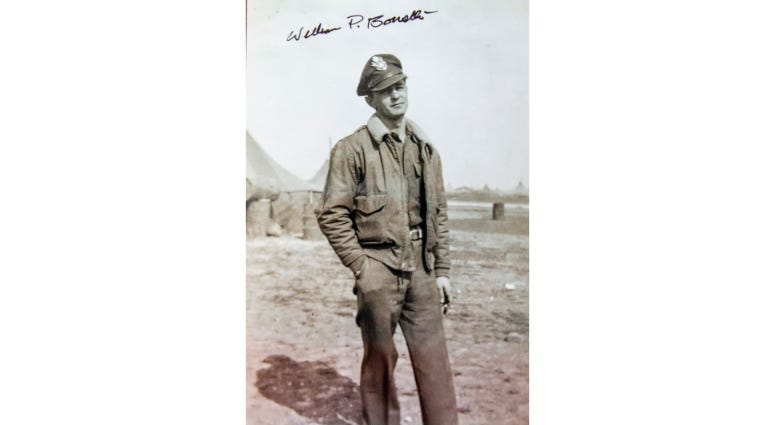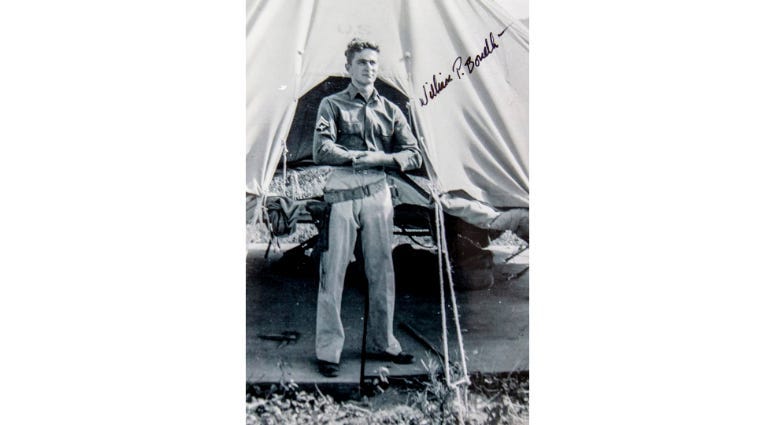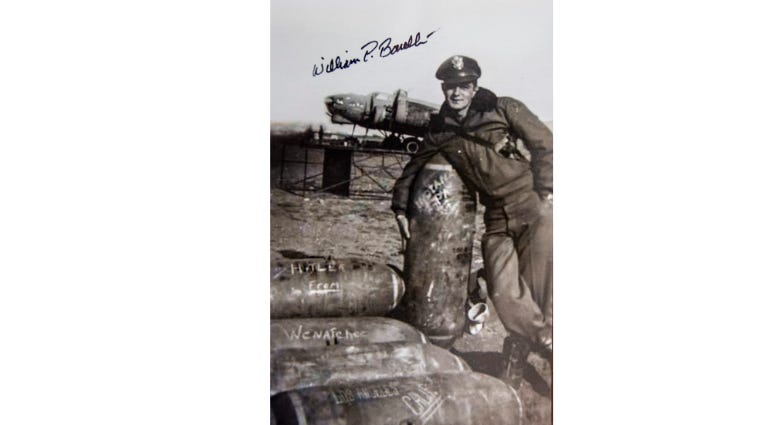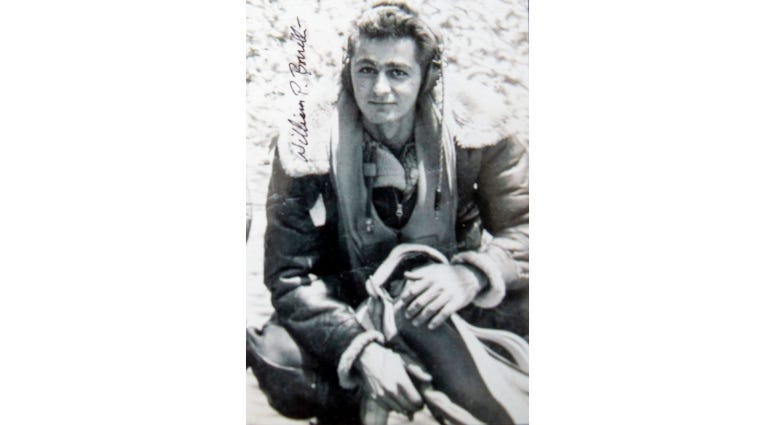'I managed to make my own luck': Radnor pilot recalls 'something sinister' day before Pearl Harbor

PHILADELPHIA (KYW Newsradio) — Before D-Day, there was "a date which will live in infamy."
The attack on Pearl Harbor thrust America into World War II and sparked the rise of the Greatest Generation — of which mechanic-turned-hero pilot William Patrick Bonelli can consider himself a part.
Luck plays an outsize role in the story of Bonelli's life — it almost has to.
"My birthday happens to be on St. Patrick's Day. I think that's where I get all my luck," he said.
They say luck is only what you make of it. For this Army Air Corps veteran, who now lives in Radnor, it started as far back as the recruiting station.
"I walked in and said to the sergeant, 'I'll sign up if you can get me near airplanes.' That was the condition."
The whippersnapper got his wish: Bonelli ended up as an aircraft mechanic at Hickam Field in Hawaii, working mostly on B-17s.
He recounted one particular Saturday: Dec. 6, 1941. Servicemen swarmed downtown Honolulu where free drinks were flowing. But Bonelli noticed a car parked on the beach.
He assumed it was a tryst, but peering into the windows from a distance, he realized it wasn't that kind of hanky panky.
"There were two whip antennas on the rear bumper," he remembered. "I felt something sinister, and I backed up real quick, turned around, and ran like hell."
Only this past decade did he learn of a communiqué to higher-ups from Gen. George C. Marshall to "anticipate activity" — a message that wasn't passed along.
"Had I known of that, I might have put two and two together and been pounding on Gen. (Walter) Short's door," he admitted. "But as it turned out, I forgot all about it."
Today, Bonelli believes he'd stumbled upon a Japanese reconnaissance vehicle.
The next day, Dec. 7, "three Zeros flew overhead" — Japanese planes.
"And I said to my buddies, 'Oh, hell, I've never seen those around here. Have you guys seen that one before?' They didn't.
"I said, jokingly, 'We might be at war.' And in a few minutes, we sure as hell were. We took a hell of a beating. There's no two ways about it."
More than 2,400 Americans were killed, most of them Navy personnel.
Shortly thereafter, Bonelli was deployed to Fiji.
"I had lost all hope that I would ever see the mainland again."
But — as luck would have it — a man to whom he'd given a hands-on demonstration of the B-17 slipped Bonelli's pilot application to the top of a pile, and he soon was on a ship to the U.S., where he got his wings.
"I was asked what airplane do I want to fly? And I put down, No. 1: B-17. No. 2: B-17. No. 3. ... How did you guess?" he laughed.
Being a mechanic gave him a leg up.
"I had the background, which most pilots don't have. They have to worry about learning how the airplane operates. I don't. I already know. I know what my limits are with the airplane. That's quite a safety factor, by the way."
In the Flying Fortress, Bonelli went off to Italy and over other Axis targets.
"In my second mission, I almost got blown out of the sky. Somehow, I crippled home."
He devised an offset course for his squadron, confounding the enemy, with a Distinguished Flying Cross to show for it.
"I avoided direct hits. That's why I'm sitting here today."
Luck? Maybe. But Lt. Col. William Bonelli left nothing to chance.
"I made my luck," said the 98-year-old. "That was the big thing. I managed to make my own luck — there's no question about it. I wouldn't be here otherwise."

